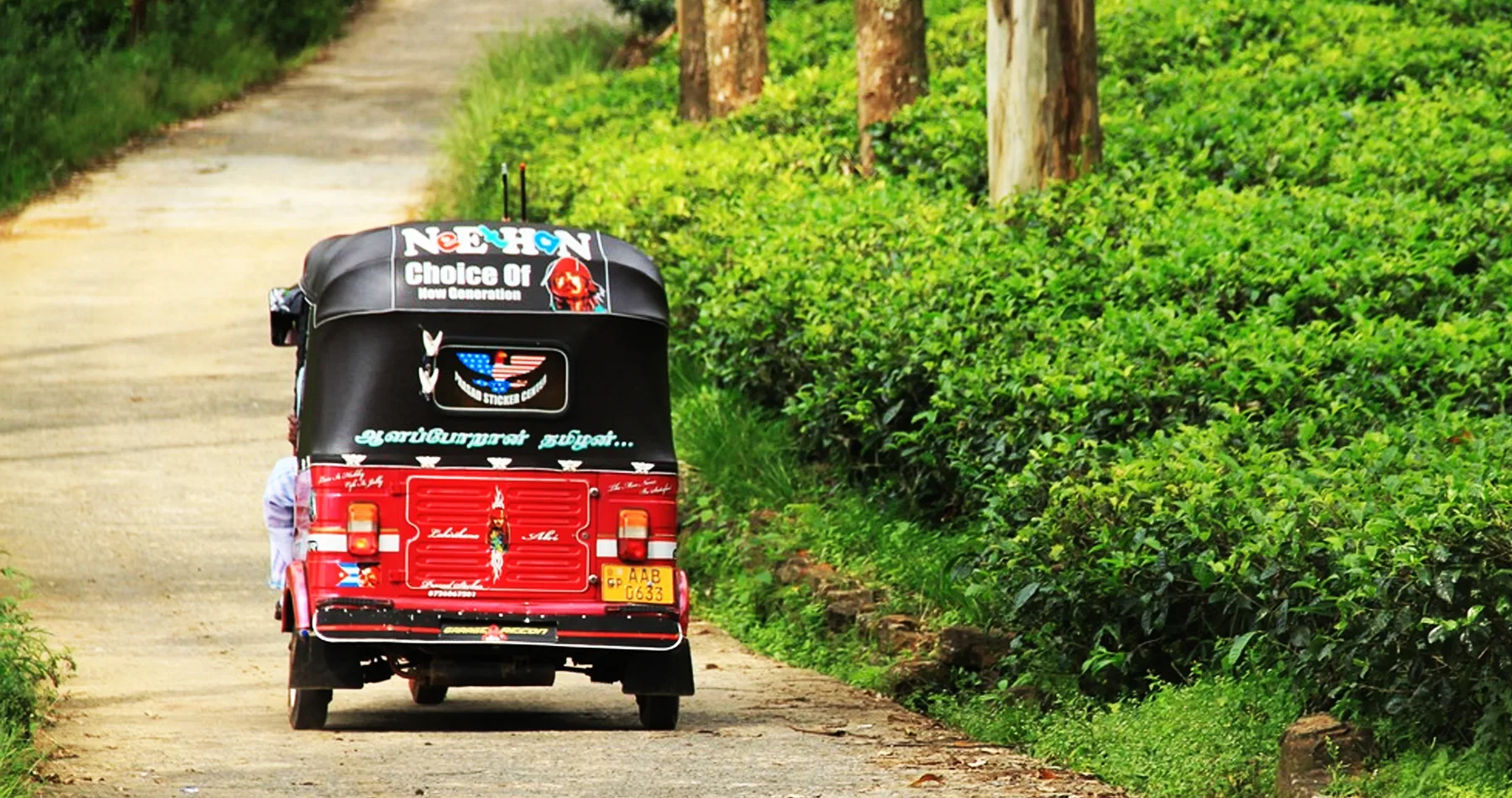Auto rickshaws, colloquially known as tuk-tuks, represent an integral part of urban and rural transportation in various parts of the world. These three-wheeled vehicles have agility and cost-effectiveness and navigate congested streets. One intriguing aspect that sparks curiosity among passengers and enthusiasts is whether auto-rickshaws with reverse gears.
Anatomy of Auto Rickshaws:
Before dissecting the enigma of the reverse gear, it’s crucial to understand the fundamental architecture of auto rickshaws. These vehicles typically have three primary components: the engine, the transmission system, and the differential. The engine, typically situated at the rear, powers the rear wheel, while the transmission system facilitates speed variations and enables forward and backward movement.
The Transmission System:
Auto rickshaws predominantly employ a manual transmission system, akin to conventional automobiles. Manual transmissions allow drivers to manually control gears, offering flexibility in adapting to diverse driving conditions. Understanding the transmission system is pivotal to unraveling the mystery of the reverse gear in auto rickshaws.
Does the auto-rickshaw have a reverse gear?
The Reverse Gear Mechanism:
Contrary to popular belief, auto rickshaws with reverse gear, a feature that significantly enhances their maneuverability in various scenarios. The reverse gear mechanism is the transmission system, allowing the vehicle to move backward when required.
Activation of Reverse Gear:
Engaging the reverse gear in an auto rickshaw follows a specific sequence of actions. While the exact steps may vary based on the make and model, the general procedure involves:
- Clutch Disengagement: Similar to shifting gears in the forward direction, the driver initiates the process by disengaging the clutch. This action separates the engine from the transmission system, ensuring smoother gear transitions.
- Selection of Reverse Gear: The driver engages the reverse gear lever while disengaging the clutch. This action engages the reverse gear within the transmission system, preparing the vehicle for backward movement.
- Clutch Engagement: After selecting the reverse gear, the driver gradually engages the clutch. This step allows the transmission system to reconnect with the engine, facilitating the auto rickshaw’s backward movement.
- Accelerating in Reverse: Once the reverse gear is engaged and the clutch is engaged, the driver can control the speed of backward movement by manipulating the accelerator pedal.
Benefits of Reverse Gear in Auto Rickshaws:
The inclusion of reverse gear in auto rickshaws offers numerous practical advantages, contributing to the overall utility of these vehicles:
- Maneuverability in Tight Spaces: In densely populated urban areas where tight spaces are the norm, the reverse gear becomes invaluable. Auto rickshaw drivers can navigate through congested streets and alleys, making them an ideal choice for crowded environments.
- Efficient Parking: Auto rickshaw drivers leverage the reverse gear to back into parking spaces, optimizing the available area and facilitating efficient parking. It is particularly advantageous in areas with limited parking space.
- Traffic Adjustments: In situations where minor adjustments are necessary for traffic, the reverse gear is a valuable tool for auto rickshaw drivers. It enables them to navigate through obstacles and reposition the vehicle with precision.
Debunking Common Myths:
There are various misconceptions surrounding auto rickshaws, including the belief that they lack a reverse gear. Addressing these myths is essential for fostering a clearer understanding of the capabilities and functionalities of these versatile vehicles.
Myth: Auto Rickshaws Only Move Forward:
Does the auto-rickshaw have a reverse gear? Some individuals mistakenly assume that auto rickshaws can only move forward and cannot reverse. This misconception stems from a lack of awareness regarding the manual transmission systems employed by these vehicles.
